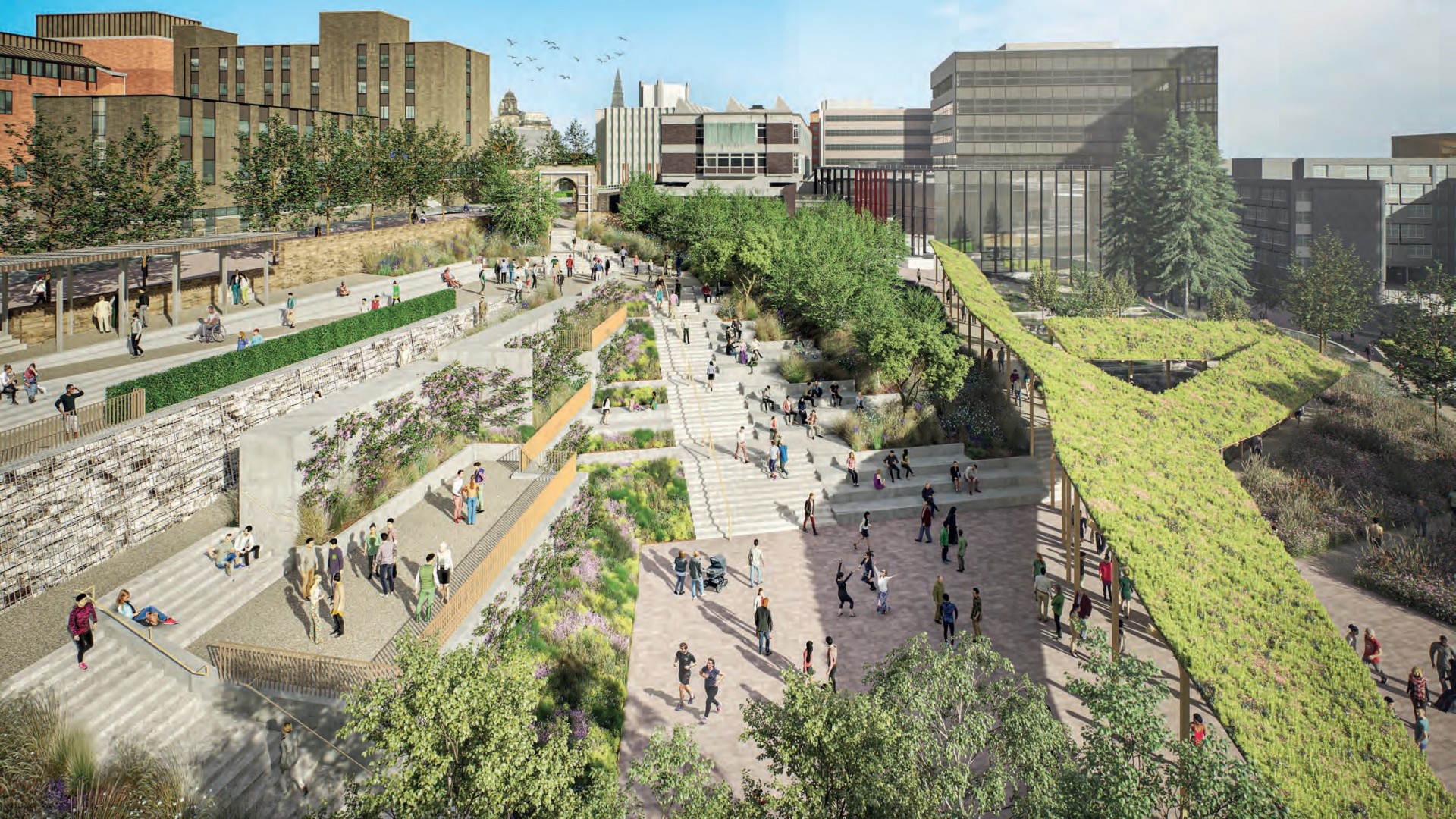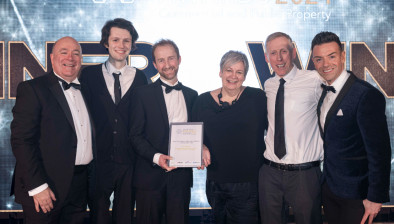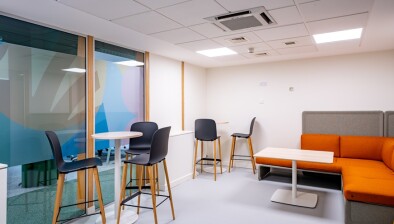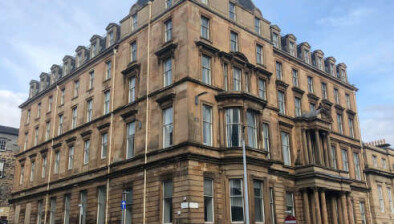University of Strathclyde gets green light for gardens transformation
Plans to create a stunning centrepiece to the University of Strathclyde campus have been passed by Glasgow City Council.
About this development:
- Authority:Glasgow City
- Type:Other
- Applications:
- Team:Raeburn Farquhar Bowen (landscape architect ), Stantec (engineer), Pick Everard (consultant), Armour Construction Consultants (consultant)

The Heart of the Campus project will transform the site of the former Rottenrow Maternity Hospital and surrounding streets into a vibrant, climate-resilient, inclusive and inspirational city centre space that will enhance the student experience and be accessible to all.
The project team is led by the University’s Estates Services Team and includes Armour Construction Consultants, lighting consultants Pick Everard, Stantec and landscape architects Raeburn Farquhar Bowen.
The phased construction works include a timber covered walkway across the gardens with expanded seating and event space, along with improved and more accessible footpaths and walkways.
The development will provide facilities to enhance the student learning and teaching experience by incorporating ‘smart features’ such as solar panels, electric bike charging points, Wi-Fi and smart seating with shelter from both rain and sun.
New entrances to the gardens will provide improved accessibility and bike parking, and additional electric vehicle charging points will also be created along with improved lighting and security. An insect and bird friendly habitat will be created within the garden which will also include bat and bird nesting boxes.
When the site was transformed into a public garden in 2004, the granite portico entrance on Rottenrow and some of the sandstone walls were retained. The new scheme will keep these features and transform them into a focal point ‘Graduation Wall’ incorporating the University logo.
Revitalised planting and rain gardens will promote climate resilience and species diversity. A focus will be on sustainability and management of the rainwater to clean, filter, and slow the flow through the gardens.
All of the developments will be incorporated into creating a dynamic social space for the University community. The Gardens will still feature the ‘Monument to Maternity’, the seven-metre high stainless steel sculpture in the form of a giant nappy pin designed by the late Scottish artist George Wyllie, repositioned in a more prominent location.
The project will support the University to deliver its pedestrian-first ethos and is the first phase of a wider Places for Everyone approach that involves the University collaborating with the Council, City of Glasgow College, Sustrans and the local community to create cleaner, safer, pedestrian and cycle-friendly routes across campus.
Permanent permission is now being sought by the University to formally adopt Rottenrow, Richmond Street, North Portland Street, and the small sections of pedestrian footway on Montrose Street, which are owned by Glasgow City Council. Through-traffic and some on-street parking would still be maintained on Montrose Street, to link George Street and Cathedral Street.
In the meantime, Glasgow City Council has agreed to the temporary pedestrianisation of the streets around the Gardens to allow University staff and students to move around the area more freely, with physical distancing in mind.
University of Strathclyde principal and vice-chancellor, Professor Sir Jim McDonald, said: “The Heart of the Campus project will improve our student experience, as well as connect the University with the surrounding community. We are proud that it will also be a showcase for the highest standards of environmental sustainability, resilience and biodiversity.
“This inspirational development is the latest phase of the University’s £1 billion campus transformation which has so far included the exciting redesign and development of campus buildings that surround the Rottenrow Gardens, including the new Teaching and Learning Centre and student union which will open in 2021.”
Work is now underway to plan the timing of the project, with the University is aiming to start on-site in Autumn 2021.
















